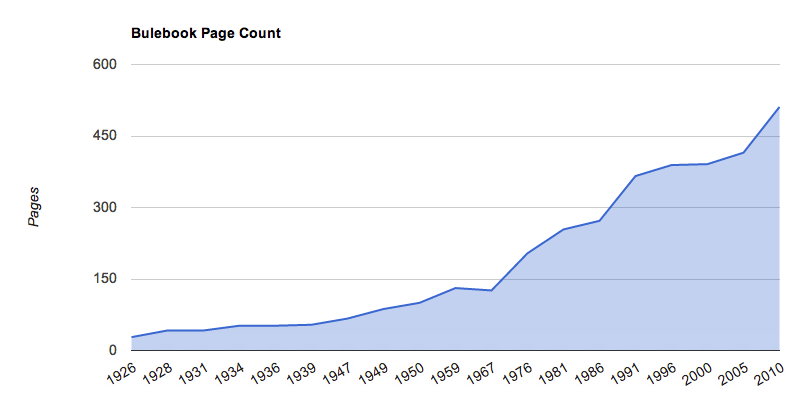The ABA Conference hosted an all-star panel with four Solicitors General: Kenn Star, Drew Days, Ted Olson, and Don Verrilli. Here are a few of the highlights from posts by the ABA Journal and David Lat.
First, on how they reacted to the position.
Don Verrilli was “asked” to be interviewed while he was working in the WH Counsel Office.
“When the position came open (in 2010 when Elena Kagan left to become a U.S. Supreme Court justice) I was asked if I wanted to be interviewed and it took me about a nanosecond to say yes.”
You may recall that at the time many expected the job to go to Principal Deputy SG Neal Katyal, who ran the office for a year after Kagan’s nomination to the Supreme Court. Katyal resigned the day Verrilli was appointed.
Ken Starr was implored by the Bush Administration to become SG–what was ostensibly a downgrade from his life-tenured position on the D.C. Circuit.
“I cried like a baby when I accepted the job because I loved the court so much,” said the former federal Court of Appeals judge.
David Lat offered this anecdote:
He loved being a judge and he loved life tenure, so he resisted initial approaches from the White House. But when it became clear that the attorney general and the president wanted him specifically as SG and viewed it as a call to serve the country, he acceded.
Drew Days offered this comical exchange between him and President Clinton:
“The president asked me, what was the relationship between the president and the solicitor general? I thought for a minute and I said you are in the Constitution and the solicitor general is not. He laughed and I got the job.”
Olson was a likely nominee due to his work on Bush v. Gore:
For Ted Olson, connections also helped and complicated matters — he was on the White House’s radar screen because he has successfully represented President George W. Bush in Bush v. Gore, but that also made confirmation more challenging because some Democratic senators didn’t like his involvement in that case.
But this made his Senate hearing contentious.
“I barely squeaked by in my confirmation because many of you may know that in the 2000 Bush vs. Gore presidential race, I was representing then-Gov. Bush in that five-week turmoil in Florida that resulted in the Supreme Court ultimately decid[ed] the presidency,”
Has Ted Olson ever used that sort of language before–that Bush v. Gore “decided the presidency”? He’s been hanging out with David Boies for far too long?!
Second, on establishing the position of the United States.
One of the issues I develop in Unprecedented was the difficulty of the SG to establish an argument for NFIB v. Sebelius, that entailed uniting different interests in HHS, Treasury, and the White House. SG Verrilli speaks to this ordeal:
Verrilli said being the government’s advocate at the podium before the Supreme Court is an important but small part of the solicitor general’s job. “The thing that takes a huge amount of my time is being the decision-maker about what will be the position of the United States in a multitude of cases,” he said. “You might think that an administration will have a relatively unified view of what the government position ought to be on any given matter but it is not that way at all because of the institutional structural differences built into the executive branch. What we’re going to say in court requires at the end of the day for the SG to make a decision after all the agencies have weighed in. Then I have to make a decision. There are going to be winners and losers in that process. It’s not fun exactly, but it’s rewarding to get to participate in,” he said.
David Lat added that Verrilli’s time in the White House has made this process easier:
This is an issue that every SG must wrestle with, according to Verrilli, and where exactly the balance is struck will depend upon the individual SG and his or her relationship with the president. Verrilli said that as a former White House lawyer who is a known quantity to the folks at 1600 Pennsylvania Avenue, he has enjoyed a significant amount of discretion: “they’ve left me alone, and I’ve taken advantage of that.” His approach is to identify the two to three cases each Term where he might be taking a surprising position and call the White House to say, “this is what I’m doing” — not to ask permission, but more of a heads up.
However, Ted Olson explained that he often communicated directly with the White House:
All agreed that while the solicitor general works for the attorney general and the president, the office maintains its independence. Starr said during his term, the protocol was that the White House counsel would not call the solicitor general’s office but instead call the attorney general or the deputy attorney general. But Olson said had different view.
“As the SG you are working for the attorney general and for the president and it never felt to me that I was independent of those constitutional officers in the performance of my duties” Olson said. “It is important to get input from the president in certain kinds of cases. The SG and the attorney general are making law enforcement legal decisions and not the policy decisions except to the extent where there is overlap.”
Finally, in a funny anecdote, Ted Olson explained why he continued to attend all arguments where the United States was at the podium:
When he was solicitor general, Ted Olson made a point of going to every argument in which his office made an appearance because he wanted to learn — how best to argue cases, what worked and what didn’t, and what the justices wanted out of advocates. The justices told Olson that they appreciated his attending the arguments — “and I very soon became addicted to it,” he said.
It is a practice that Don Verrilli maintains today. When Verrilli started as SG, Justice Antonin Scalia told him, “Ted used to come to all the arguments — and we appreciated that.” Point taken, Your Honor.

